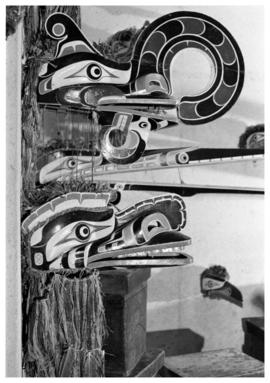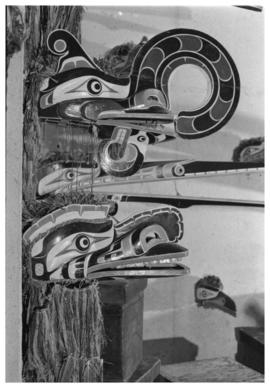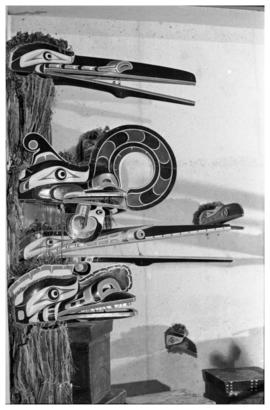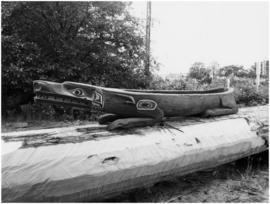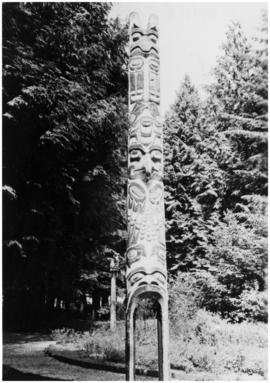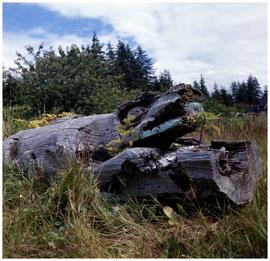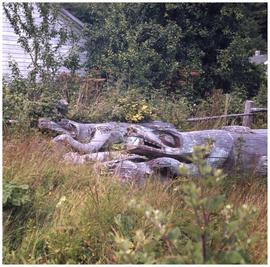Book 7, tape 1: Learning Kwak'wala Series, This One, That One
- 1 3-3-03-3-03-K-12 (MAN183m)
- Item
- 1980-1981
Item consists of a recording of the Learning Kwak’wala book 7: This One, That One, and it features Agnes Cranmer, Margaret Cook, and Jay Powell engaging in vocabulary and grammar exercises in the workbook, Jay Powell asks the questions in English and Agnes Cranmer and Margaret Cook give the response in Kwak’wala; Side A: pages 4-12. covers sentences with objects and pointer words, using these forms with different verb tenses, plural subjects, referring to people who are present or absent, stops just before the English translation for the last sentence on page 12.; Side B: pages 13-26, continues with the exercises on page 13 and covers the we "including you" and we "not including you" forms, other verbs that take objects an their present, past, and future forms, and other pointer words, stops midway through the examples on page 26. Recorded on both sides.

